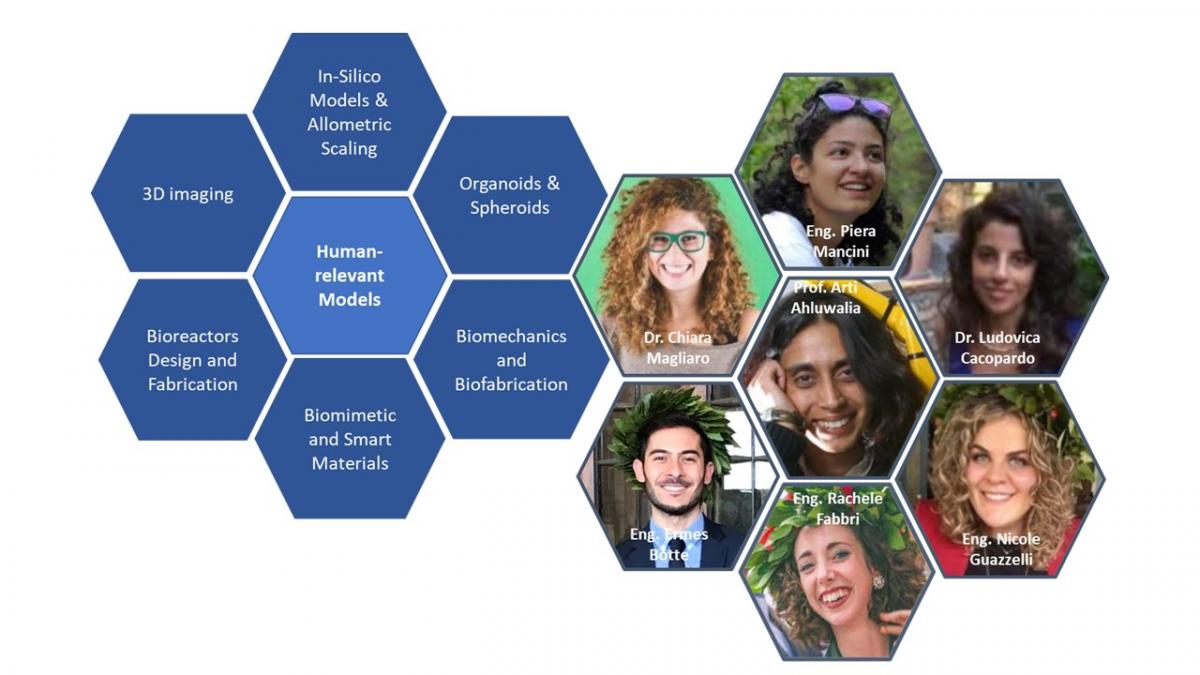Human Machine Social-Emotional Interaction
Can a machine express emotions? How people feel during interaction with robots or machines able to socially act like human beings?
These are the main questionsbehind our research. We work on "Emotional Human Robot Interaction" using human-like robots which embody emotional states, empathy and non-verbal communication.
Our group uses a Life-like android and a pervasive observation platform to study what happens when human and machine establish empathic links.


